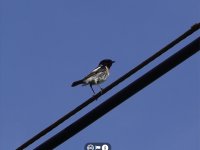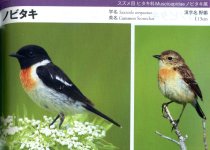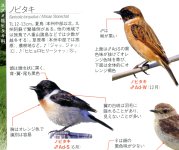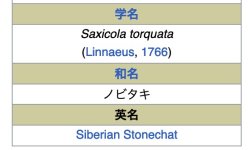I try to make sense of the Stonechat taxa in Eurasia but I have some trouble doing it. What would you make of this bird?
(As stated above: I am not the recorder, just one of the many lay users/reviewers at inaturalist) Recorder: orthoptera-jp)
origin record: Stonechats and Bushchats (Genus Saxicola)

Amur Stonechat and Siberian Stonechat are the regular Stonechats in Japan. Somehow inaturalist AI suggests African Stonechat.
I have only added a screenshot-crop as I have not asked permission to use the photo
Hope to hear from you
cheers,
G erben
(As stated above: I am not the recorder, just one of the many lay users/reviewers at inaturalist) Recorder: orthoptera-jp)
origin record: Stonechats and Bushchats (Genus Saxicola)

Amur Stonechat and Siberian Stonechat are the regular Stonechats in Japan. Somehow inaturalist AI suggests African Stonechat.
I have only added a screenshot-crop as I have not asked permission to use the photo
Hope to hear from you
cheers,
G erben
Last edited:









